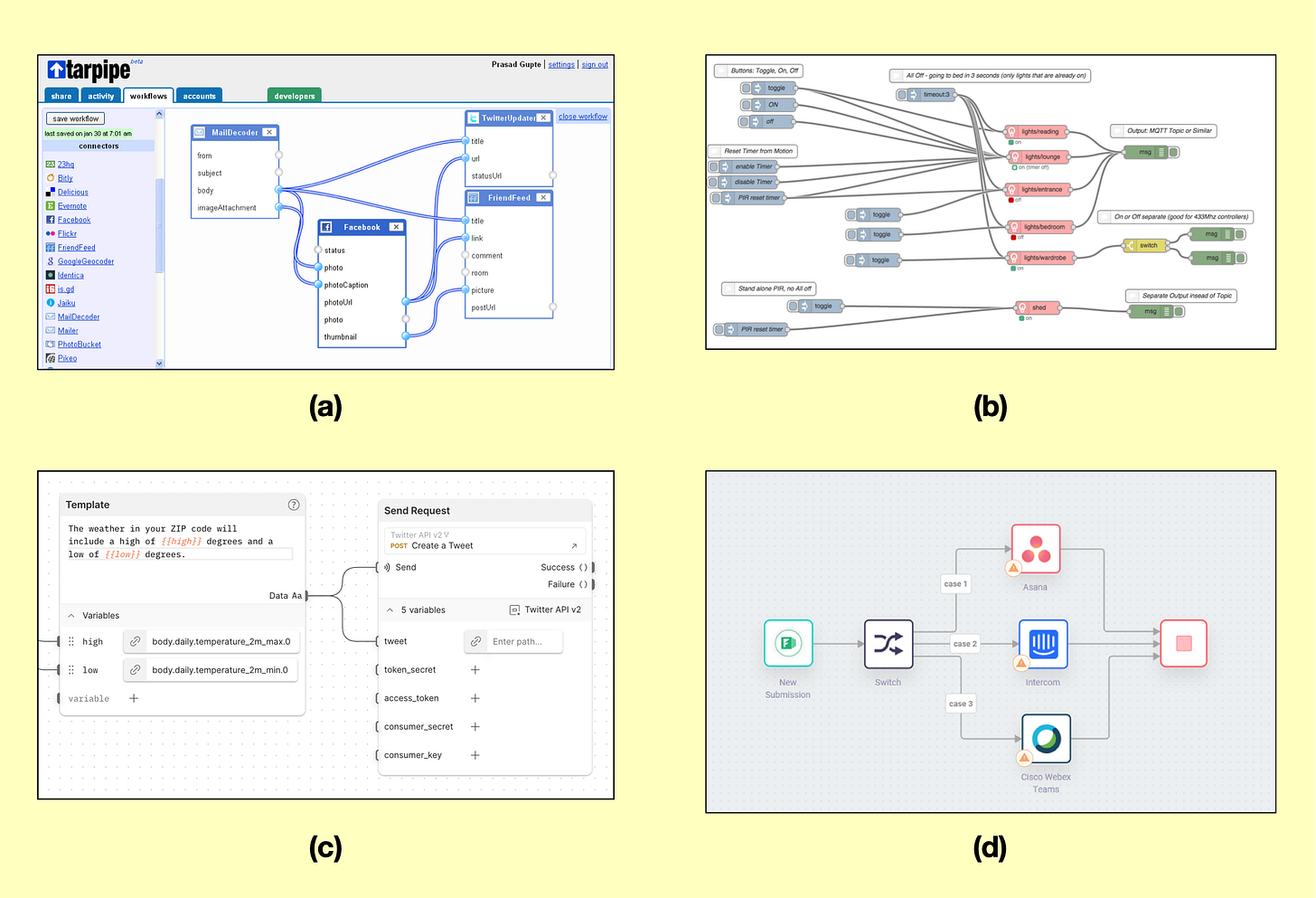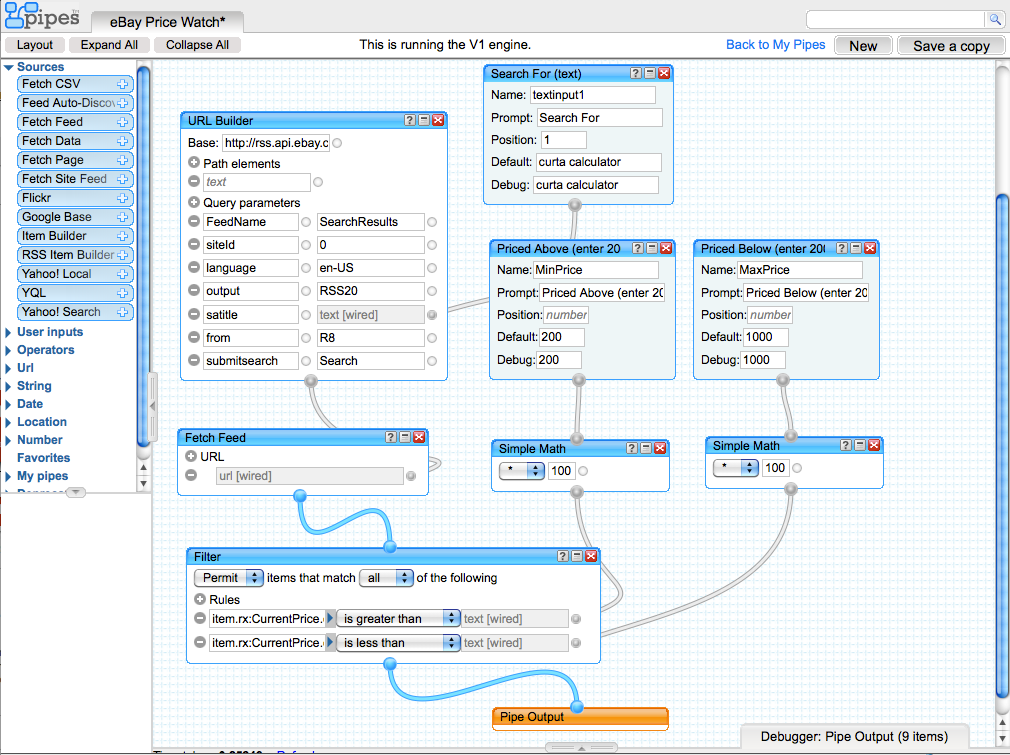The Relationship between No-Code and iPaaS
Is the no-code movement a catalyst for what iPaaS can offer?
If you ask anyone what iPaaS is they'll often mention no-code as one of its characteristics. People see iPaaS as something that anyone can use to connect applications without using code. But what exactly is what we now call "no-code" and how does it relate to iPaas?
This article is brought to you with the help of our supporter, Software AG.
Software AG lets you create incredibly connected experiences for your customers, employees, and partners with an AI-enabled enterprise iPaaS.
The notion of "no-code" as we know it started gaining adepts in the 2010s. However, the solution it delivers has been available since before then. No-code systems have the goal of empowering users with little or no coding experience to build software solutions. Those solutions can consist of full applications, small ad-hoc scripts, and integrations between applications.
Of those categories, the one that relates to iPaaS is the last. Building integrations between applications is exactly what iPaaS is about. The no-code approach is naturally interesting on iPaaS for business and usability reasons. No-code can broaden the attractiveness of an iPaaS solution to a bigger market. Instead of being exclusively in the domain of software engineers, iPaaS can be a solution for an audience that is not tech-savvy.
From a business perspective, the bigger your market is the more opportunities you'll have. However, the more interesting outcome of using no-code on iPaaS solutions is the gain in usability it can provide. One approach that gained the most popularity over the years is to provide a visual User Interface. Users can see how different parts of an integration connect to each other and can quickly change the connections visually. This style of UI was popularized with Yahoo! Pipes, a service Yahoo! launched in 2007 and decommissioned in 2015. Pipes was focused on reading information from online feeds and applying filters and operators on the incoming data. Even though it didn't have the ability to publish data to existing APIs, it revolutionized the way people worked with integrations.
In fact, this visual UI paradigm is so powerful that is still in use today. Countless integration solutions follow a visual editor very similar to the one Pipes introduced in 2007. Also, since Yahoo! Pipes didn't offer data publishing capabilities, new services emerged to fill the gap. One example is tarpipe, an iPaaS service I founded in 2008. It followed the same UI paradigm but now allowed anyone to publish information to existing APIs. More iPaaS solutions followed, perpetuating that same UI philosophy until today.

It's clear this UI approach facilitates the onboarding of non-technical users and allows the creation of integrations without the need to write code. However, there's a drawback. Whenever integrations stop working, debugging becomes almost impossible because users don't have the required knowledge. Also, because the UIs are—on purpose—so simple, there's not a lot of information you can use during troubleshooting. There's a gap here in terms of usability that needs to be addressed so non-technical users can directly intervene whenever an integration has problems.
The alternative is to offer UIs that are even simpler than the ones you've seen before. Some services have been following this approach with some degree of success. Notably, companies such as Zapier and IFTTT have been able to capture a market segment where business users predominate. The simple UI combined with ready-to-use connections to business-related services has made these services popular among non-technical people. As a user, you can quickly set up an integration between the tools you use without ever touching one single line of code. If something goes wrong, you get an error message and you can either retry the operation or get in touch with their support.
While this looks like an interesting alternative, there's another approach that's gaining more adepts in 2023 and beyond. I'm talking about intent-based UIs based on AI. On APIs Power Intent-Based Next Generation UIs I wrote that "when you have an AI-powered conversational interface where you can express your intents, it's only natural that you want to extend its abilities by integrating it with external features." Services like ChatGPT and the ones I mention in the article linked above are just the beginning of what is possible using this type of UI.
Voice-activated UIs are gaining more adepts every year. And most of its use is related to connecting different applications together. In theory, you should be able to control any existing API using only your voice. Or, obtain information from any existing exposed Web application in the same way. All this is only possible because of the past work on iPaaS and its relationship with the no-code movement, coming from as far as 15 years ago.

